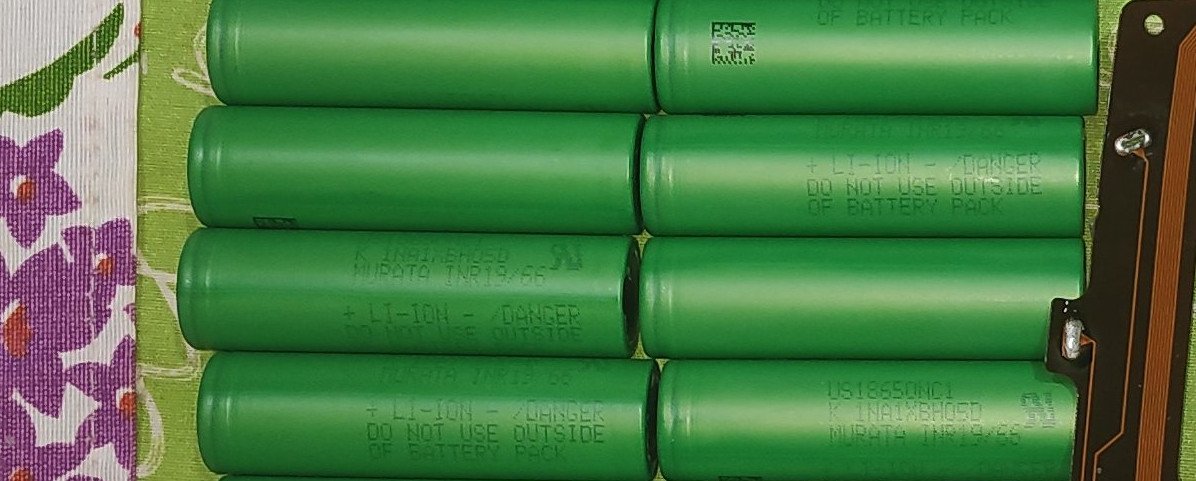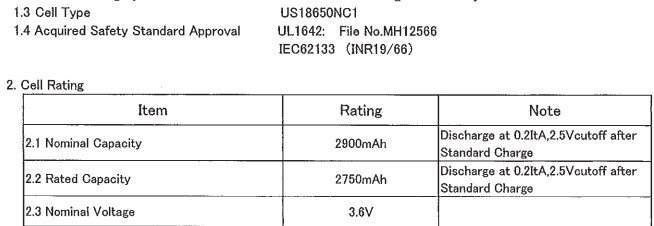There is very interesting information regarding batteries in the thread for E8000 Motor Repair:
 www.emtbforums.com
www.emtbforums.com
and forum member @fuikatasio has suggested not to mix topics and to open a new thread related only to batteries.
I am very interested in this, so I just followed his suggestion and here it is the new thread.
STEPS E8000 Motor Service
In the end I put a thin washer under the C-Clip to reduce the axial play and I also replaced this bearing because it didn't spin as smoothly as the others, I lubricated everything well and for now, after 200 km, everything works as it did when it was new :) Hope it remains that way. I did the...
and forum member @fuikatasio has suggested not to mix topics and to open a new thread related only to batteries.
I am very interested in this, so I just followed his suggestion and here it is the new thread.
Last edited by a moderator:


